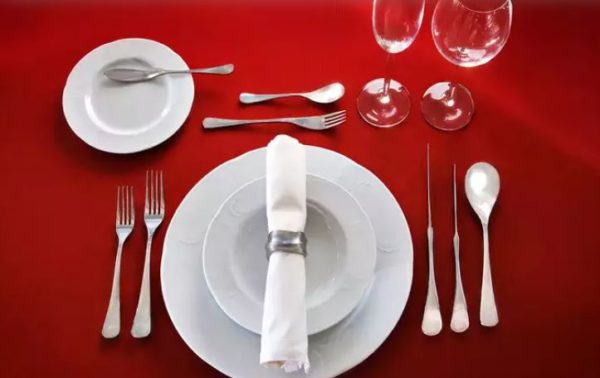Lifestyle
8 countries from across the world known for their strict dining etiquettes

When it comes to dining, it is more than just satisfying one’s hunger; it is a cultural experience that reflects the customs, traditions, and values of a society.
Each country has its own unique set of dining etiquettes that has been refined and practised for generations.
Understanding and respecting these norms can help individuals navigate social interactions and avoid unintentional faux pas while dining abroad.
In this article, we will talk about the strict dining etiquettes of different countries while shedding light on the fascinating customs that govern the way people eat and interact at the table.
While these etiquettes differ from region to region and sometimes there may be a difference in basic table manners in the same country, but there are some interesting broad practices of a particular culture.
From the meticulous placement of utensils to the proper way of enjoying a meal, read more about the rich diversity of dining customs across the globe.
1. Japan
As per the Japanese etiquettes, chopsticks should not be placed straight in a bowl of rice. One should always keep the chopsticks handy when eating, and should always be in the right hand always. The chopsticks should not be kept here and there, and should also not be kept straight on the dining table. It is also considered a bad omen to keep chopsticks standing upright in a bowl of rice, as they are placed after the death of a person in the coffin.
2. India, South Africa and the Middle East
Eating with the left hand is prohibited in India. Children are taught from childhood to eat with their right hand. Indians are so strict about this that they do not do any auspicious work or transactions of money and papers with the left hand. In Southern India, one cannot even touch the plate with the left hand. It is also considered bad to eat with the left hand in South Africa and the Middle East.
3. Russia
What would you do, if you were in Russia and someone was offering you wine? If you accept the offer of wine, the host will consider you a true friend. But, if you reject this offer, then it is possible that you will have to face the displeasure of the person in front of you. It may also happen that he throws a glass full of wine in anger. It is considered disrespectful in Russia to say no to a glass of wine.
Not just that, but Russians also find it good to drink a glass of vodka neat, as it is considered pure. For them, if ice, juice, or water is added to it, then it is believed to be impure. But, for Russians, vodka can be mixed with beer and is called Russian Yorsh.
4. Italy
Italians believe that drinking cappuccino after noon is not good for stomach health, as this kills afternoon hunger. In fact, people in Italy don’t drink coffee on an empty stomach and enjoy it with croissants or light snacks. Italians consider it bad to drink coffee after 1-2 o’clock in the day, and is the sole reason why people usually don’t order coffee after 3 in the afternoon in restaurants.
5. Thailand
If we look at most of the foods prepared in Thailand, they use lots of rice, as it is the staple food there. As per Thailand’s strict etiquettes, the fork should not go inside the mouth and is considered a bad habit. It is often used in lunch or dinner. They mostly use spoons for eating such dishes.
6. France
It is mostly seen that the food is placed on a table in most of the places which also contains bread, which is enjoyed on its own in some places. But, in France, it is considered very bad as bread is supposed to be enjoyed with ‘cheese’ at the end of a meal. Not just that, but it is also bad to put bread directly on the table and should be kept in hand.
7. China
In Chinese cuisine, it is believed that if the fish is turned over and eaten, the fisherman’s boat will capsize in the sea. The fish should never be eaten upside down.
8. Korea
In Korean cuisine, if an older person is offering you a drink, the wine glass has to be held with both hands as it shows respect for the elders. If you hold the glass with just one hand, it is considered bad in Korea. Koreans, also make it a point to not eat food until the elderly person doesn’t eat. Only, after the elderly start eating, the others can start too and get up from the table when the old person has finished eating.






